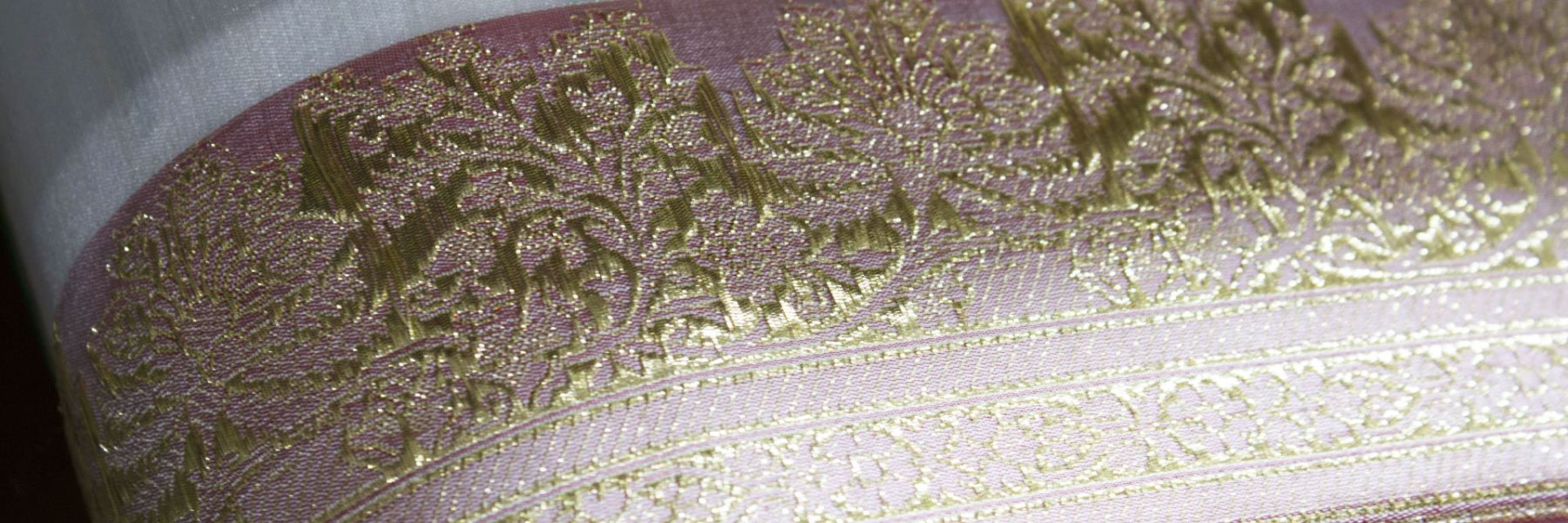
Sorry, we couldn't find anything that matches your search.
Destination

Famous Places to Explore in Hyderabad
A vibrant city with the imposing...

Raipur Tourist Places | Best Place to Visit
The stronghold of several erstwhile...

Ahmedabad
Declared as India's first UNESCO World...
#
River Cruise
Every morning, the ghats of Varanasi are visited by pilgrims who flock to the sacred Ganga to take a dip in its holy water, a practice that is believed to absolve one from all sins. One of the most unforgettable experiences for any visitor to the holy city of Varanasi is rowing down River Ganga during sunrise in one of the many skiffs that line the banks. Bucolic conch sounds pierce the first rays of the sun and welcome the visitor to the new day, presenting a panoramic view of innumerable temples, old buildings, ashrams, palaces and the ghats along the river. A similar experience can be enjoyed at dusk, when the evening arti (a holy fire ritual) of River Ganga takes place. It is mesmerising to watch the grand ritual from the river, floating on a boat. While most of these boat rides last for about an hour, one can also book for longer durations.

Shopping
The old bazaars of Varanasi, in the galis around Vishwanath Mandir, and at Chowk are the most famous street shopping areas in the city. From souvenirs, metal craft items, handcrafted wooden toys, jewellery, glass beads, gulabi minakari work and traditional perfumes to Banarasi sarees and brocade, there is a lot on offer here. Explore the maze of alleyways at the Vishwanath Temple lane, Thathera Bazaar and Godaulia to find some of the most authentic Banarasi wares and weaves. Varanasi also has a plethora of shopping complexes that offer most modern day conveniences found in the metropolitan cities.

Subah-e-Banaras
A unique way to experience Varanasi is by wandering around the city during the morning hours. Also called Subah-e-Banaras, which translates to the morning of Banaras, it is an experience that is not to be missed. The city’s old quarters wake up at pre-dawn as temples are cleaned and priests start preparing for the morning rituals. The scene of the city transforms as the sun rises in a crimson-hued sky and devotees take dips in the holy waters of the Ganga river. The ringing of bells and the chanting of mantras echo through the city as the streets rise up to a new day. After the customary bath in the Ganga, devotees flock to the wooden umbrellas of pandals to buy roli (vermilion), chandan (sandalwood) and rakshasutra (sacred thread), which are used in the ritual of prayers.With relatively less vehicles and people on the roads, it’s an ideal opportunity to experience the aura and mysticism of the old world with the grandeur and royalty of the new, all in one place.

Ganga Mahotsav
Ganga Mahotsav is a popular five-day festival that is celebrated every year on the banks of the Ganges in Varanasi. Held at Sant Ravidas Ghat, the festival showcases a wide variety of traditional Indian arts, crafts, cuisines and culture at one single place. The last day of the festival is the most mesmerising as the banks of Ganges are lit with thousands of earthen lamps or diyas. The chanting of Vedic mantras adds to the surreal ambience of the surroundings. This occasion is believed to be a welcome to the gods who are supposed to come down on earth and bathe in the Ganges at this time. The festival is also famous for sports tournaments like boating, kite flying, Ganga marathon, and wrestling. It is organised by the Uttar Pradesh Tourism Department.

Bharat Milap
Varanasi is rightly regarded as the city of fairs and festivals with a fair or festival being celebrated almost every month. One of the most prominent celebrations of Varanasi is Bharat Milap, which is traditionally celebrated on the day after the Dussehra festival to commemorate Lord Ram's return to Ayodhya after 14 years of exile and his reunion with his brother Bharat. The festival represents the essence of victory of the goodness over the powers of evil. The Bharat Milap celebration is organised every year at the Nati Imli place in Varanasi and Ramnagar fort with thousands of pilgrims congregating to enjoy the meeting of Lord Rama and Bharat.
Music Walks
Varanasi is a world-renowned centre for the Hindustani classical music. Traditional Indian musical instruments like the sarangi, tabla, shehnai, tanpura, sitar, sarod, santoor, and flute are an inextricable part of Varanasi's cultural fabric. Many great masters of Hindustani classical music like Pandit Ravi Shankar, Pandit Gopal Mishra, Ustad Bismillah Khan, and Girija Devi have been residents of Varanasi. The guru-shishya parampara (teacher-student tradition) still thrives in Varanasi. For music lovers, the best time to visit the city is dusring the five-day festival of dhrupad (classical Indian vocal style), in March, that attracts renowned artists from all over India to the city’s Tulsi Ghat.
Maha Shivratri
Varanasi is considered the city of Lord Shiva, so Maha Shivaratri – the great night of Lord Shiva's wedding - is a very important festival here. Maha Shivaratri falls on the 14th day of the dark fortnight of the Phalgun month (February/March), according to the Hindu calendar. All the Shiva temples of Varanasi are beautifully decorated for the occasion and a marriage procession of Lord Shiva is taken out starting from Mahamrityunjaya Temple in Daranagar to the Vishwanath Temple. A big fair is held on the occasion. On this day, devotees visit Shiva temples to offer prayers and the worship can continue well into the night. People offer flowers, coconut, bhang, dhatura, fruits etc., to shivlings and idols.
The origin of the festival has an interesting history. Legend has it that both gods and demons were once churning the ocean of milk to get amrita (water of immortality). While doing so, they came across a deadly poison which exploded into fumes that threatened to envelop the whole universe. The gods then went to Lord Brahma and Lord Vishnu for help, but they couldn't do anything. At last, they went to Lord Shiva to ask for help, who swallowed the poison in order to save the universe. This left a deep blue mark on his throat. A popular belief celebrates this incident on the festival.







